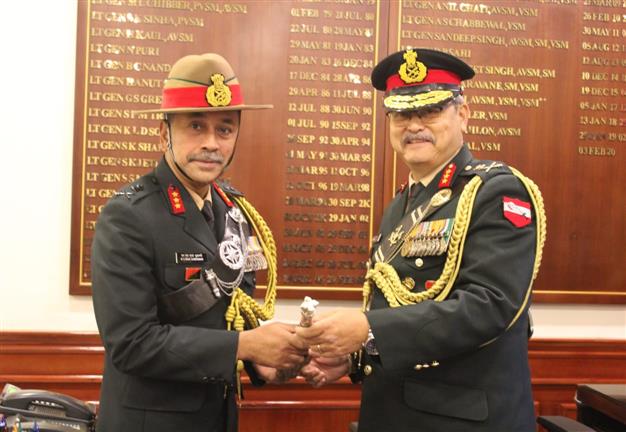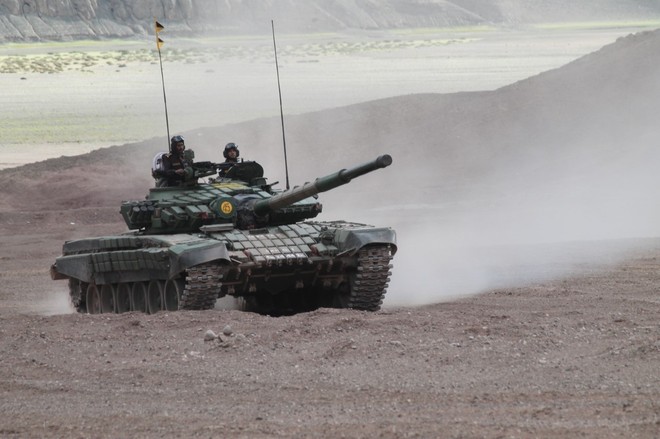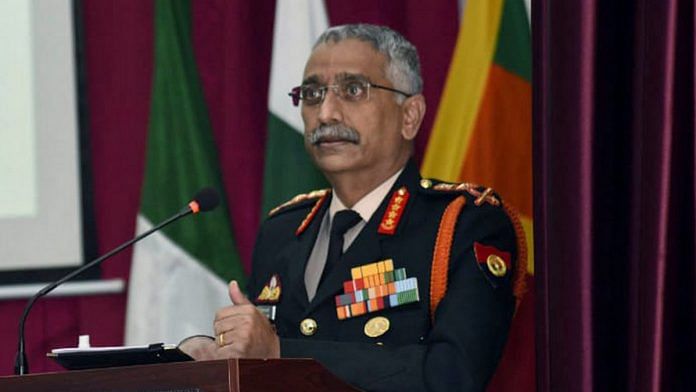P Stobdan
Security Analyst
The disengagement in Ladakh was within expectations — classic to the India-China standoffs. But stabilising the borders could take a long time.
Soon, the troops are expected to cease their forward positions on both sides of Pangong in a phased manner, which means returning to the pre-April 2020 position — the Indian Army will hold its traditional base Dhan Singh post at Finger 3 and the PLA will hold Finger 8 at Sirijab on the North Bank. A similar status quo is to be restored in the South Bank. The structures built by both sides since April 2020 will be removed. There will be no patrolling for the time being by either side to the traditional areas.
India has certainly not conceded anything, as the Raksha Mantri assured the Parliament, except that some outstanding issues, probably in the Depsang and Demchok areas, are yet to be resolved, subject to further discussions with the Chinese side. Importantly, the breakthrough has been achieved through bilateral protocols. Rajnath Singh said that India had held to its resolve and expected China to display sincerity in resolving the remaining issues.
The Raksha Mantri placed the talks of the disengagement process starting from September last year when he met his Chinese counterpart in Moscow. However, both sides have since mistrusted each other and put the onus of easing tensions squarely on the other side.
So, what explains the disengagement factor now?
Of course, China’s Ladakh manoeuvrings remained opaque, but if the timing of the disengagement is anything to go by, Beijing’s move seems strategic, subtly linked to the US factor of meddling in the Ladakh standoff.
The US, too, has made no bones about its China containment plans, as revealed by the State Department’s declassified strategy document released on January 12.
All along, India was made to appear as a willing partner of the American trade and tech onslaughts against China, affording for the spread of coronavirus, while also using it as a pretext to impel business decoupling etc. Mike Pompeo, in his parting shot, admitted to have built an “enormous coalition”, enabling the banning of 300 Chinese apps. Former US envoy Kenneth Juster revealed how the US shared real-time information and logistics support to pre-empt Chinese activities across Ladakh.
But for New Delhi showing restraint, it was an outright US incitement to a wider conflict. New Delhi and Beijing, however, rejected Trump’s mediation offer and, instead, both resolved to end the row peacefully through dialogue.
But as time began to run down on the Trump administration, China made the first disengagement offer in November when it proposed to turn the Sirijap Finger areas into a “no-troop area”. For India, it amounted to ceding its traditional patrolled areas. The PLA later relocated its 10,000 troops from depth areas (80-100 km from the LAC).
Tension started to ease since then, but China possibly withheld further talks until Trump’s stay in the Oval Office ran down the clock. The current disengagement, therefore, is within expectation, when the ninth round of talks was held on January 25 — days after Trump made his exit from the White House.
The takeaways are clear: Beijing wanted to test the limits of Indo-US strategic partnership and waited to weigh its options after the Biden administration took a call on the China-centric Quad and “Indo-Pacific” strategy.
What has emerged now is that PM Modi and President Biden in their recent conversation differed over Quad. It also found no mention in the Indian statement issued after Secretary of State Antony Blinken and External Affairs Minister S Jaishankar spoke to each other on January 29.
India’s wariness to Quad taking an exclusive military alliance shape was known. It seems still reluctant to join the next upgraded meeting called by the US. The question is whether China’s disengagement is linked to deterring India from joining the US-led alliance system.
Meanwhile, signs of differences are also surfacing between Washington and New Delhi, with US officials, including the Congressional India Caucus, voicing concern over democratic norms on the farmers’ protest and their right to access the Internet, shutting down of Twitter accounts etc. The State Department has also started making exceptional statements on Kashmir affairs. India’s unwillingness to endorse a tough American line to push a democratic agenda in Myanmar is a new addition.
Against these evolving backdrops, the Chinese Defence Ministry was quick to announce the end of the Ladakh impasse — a day before India issued a statement.
Curiously, Chinese analysts had earlier implied the waning of America’s China-centric India policy under the Biden administration. They had insinuated a bumpy road ahead, owing to differences over India’s domestic issues, the Pak-Afghan factor, besides frictions stemming from looming US sanctions over India acquiring Russian S-400 defence systems. Chinese media also termed the signing of the Basic Exchange and Cooperation Agreement (BECA) as compromising India’s own strategic autonomy rather than balancing the ‘China threat’. In fact, even Kenneth Juster referred to the facts of differences hitherto overlooked because of the China factor, as he saw they could potentially drive India-US ties in different directions.
That being the case, the Chinese though never discounted the US factor in India-China equations, but the trajectory, it believed, would be determined largely by structural issues that could only be addressed through bilateral means.
Clearly then, the Chinese disengagement move in Ladakh, coming on the heels of Biden taking charge, is surely aimed at lessening any prospect of India partnering with the new administration to form an anti-China coalition.
A shift towards a bilateral means is also interesting at a time when the Biden administration is yet to formalise its Quad strategy, though Pompeo, before leaving office, enacted new protocols and laid sufficient landmines aimed at constricting Biden from changing the course on China and India. Of course, some excessive actions by the Trump administration have already narrowed India’s options.
If earning US support was essential for India’s standing up to China, it has paid off. China has certainly failed to repeat 1962. India hasn’t really budged, but has shown its resolve and staying power. The persisting psychic burden of the 1962 defeat is being removed once and for all.
To be sure, China can’t be trusted or taken at their word. The initial steps being taken so far indicate that troops haven’t been pulled back from the heights on the South Bank opposite the Spangur gap.
Yet, the partial disengagement should be seen as the first sign of thawing. While the process may take time, what is required now for both sides is to send the right kind of political messaging. But the admirable part is the exemplary step taken by both sides to defuse the situation while taking enough precaution in time and space to avoid adverse public reactions in both countries.


















































































